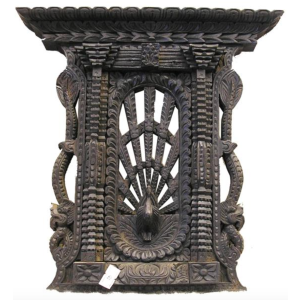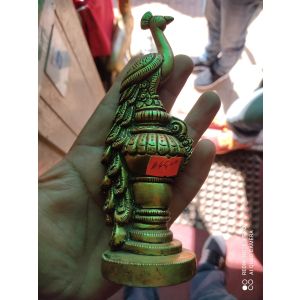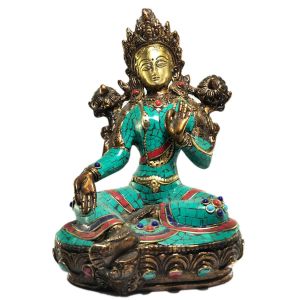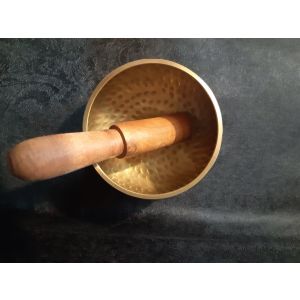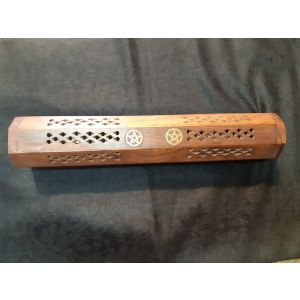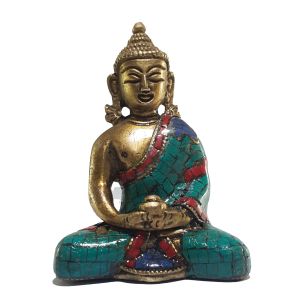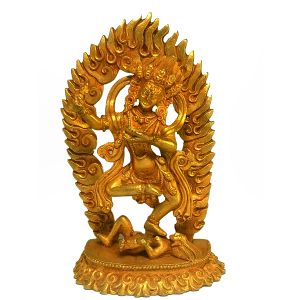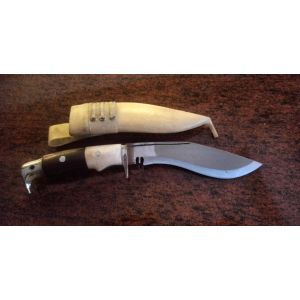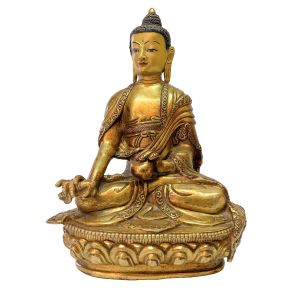Old Stock , Last Piece, Statue 6 Arms Mahakala HQ Fire Gold plated , Painted Face
| Seller | Handmade Handicraft |
|---|---|
| Product Tags | Handmade, Handicraft, Craft, Statue, Idol, Sculpture, Gold Plated, Mahakala, Mahakala Statue, Statue of Mahakala 6 arms |
| UK Size | 4 |
| Seller | Admin |

